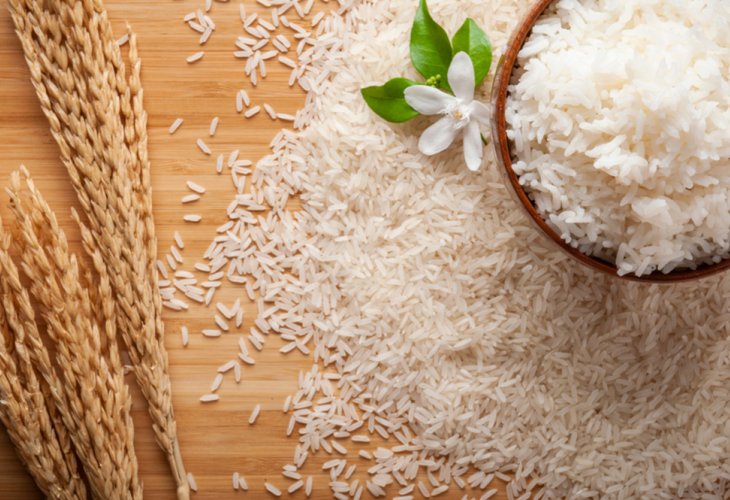The Rice Conundrum: Health Benefits and Risks Unwrapped
Why does rice pose more of a health risk than other grains, and how can you enjoy its benefits without the dangers?
 (Photo: shutterstock)
(Photo: shutterstock)Rice is one of the most affordable and delicious foods out there. It pairs wonderfully with various dishes and holds a significant place in many families' daily menus. Particularly, brown rice is noteworthy as it contains a wealth amount of B vitamins such as niacin, thiamin, and folic acid that you won't find in white rice.
Many food items naturally contain arsenic due to pesticide residues that contaminate irrigation and drinking water. Rice, however, contains more arsenic because of the way it's cultivated: it absorbs arsenic ten times more than other grains. Rice is grown in flooded fields, soaking up a lot of water, which contains arsenic. The more rice fields are irrigated, the more arsenic is absorbed.
Other grains like wheat, quinoa, and buckwheat do not absorb as much water, therefore they contain less arsenic.
Brown rice has a husk that soaks up more water, and therefore, more arsenic. Although we're talking about small amounts, consuming a lot can lead to accumulation.
White rice undergoes a process that removes the husk, so it contains less arsenic. However, white rice is nutritionally inferior, lacking dietary fiber and missing out on the vitamins and minerals found in the husk.
Rice-based baby formulas, rice cakes, rice drinks, and even rice noodles—all these contain some amount of arsenic.
So, what can you do to reduce arsenic content?
There are two effective ways to remove a significant portion of the arsenic.
1. Soak brown or white rice overnight in a large amount of water. In warm weather, it's recommended to refrigerate. Rinse thoroughly before cooking.
2. Cook it like pasta – put the rice in a large pot of boiling water, cook for four or five minutes, strain, rinse, and return to a clean pot to finish cooking.
Some vitamins are lost in the process, but arsenic is also removed. You can make up for the lost nutrients by adding fresh and cooked vegetables.
Children and babies are more vulnerable to the risks of arsenic because their body weight is small in relation to the amount of arsenic in rice. Therefore, proper preparation is crucial.
Zohara Sharvit is a naturopath N.D. and an iridology expert with extensive experience in treatment, advice, and leading workshops. To book a free workshop, call 073-2221290

